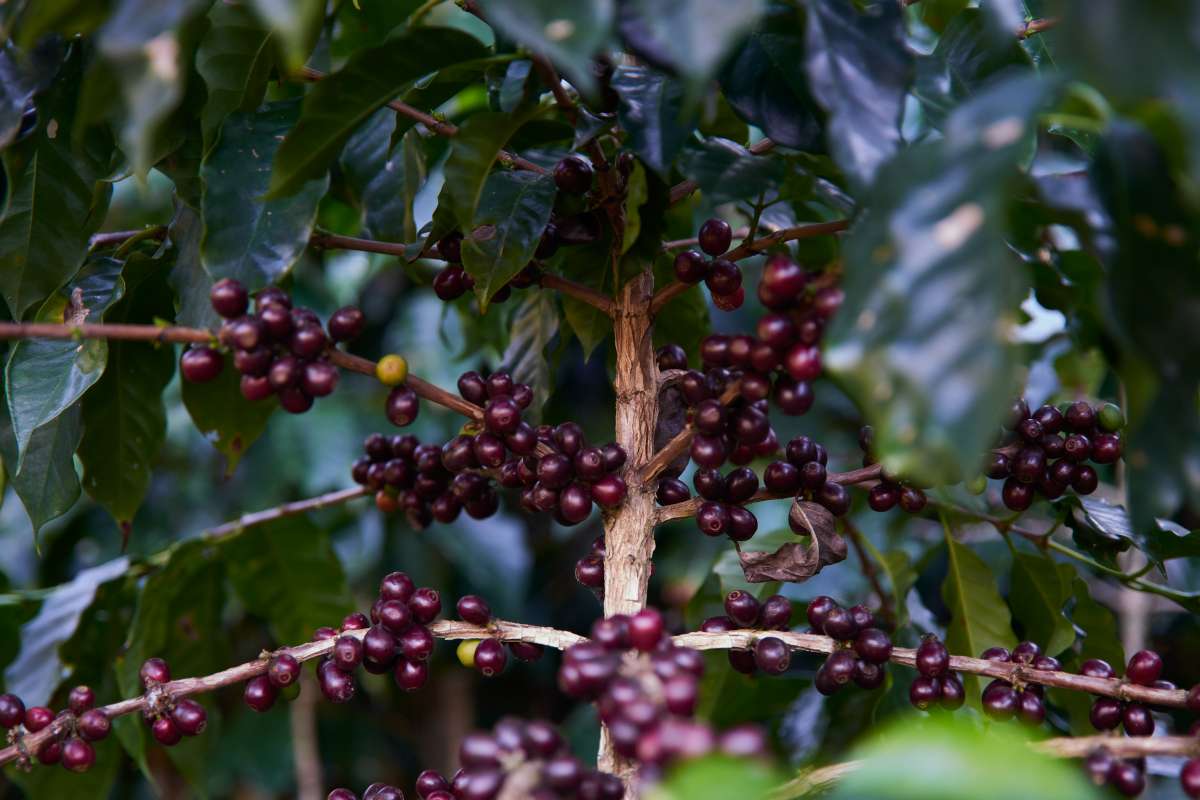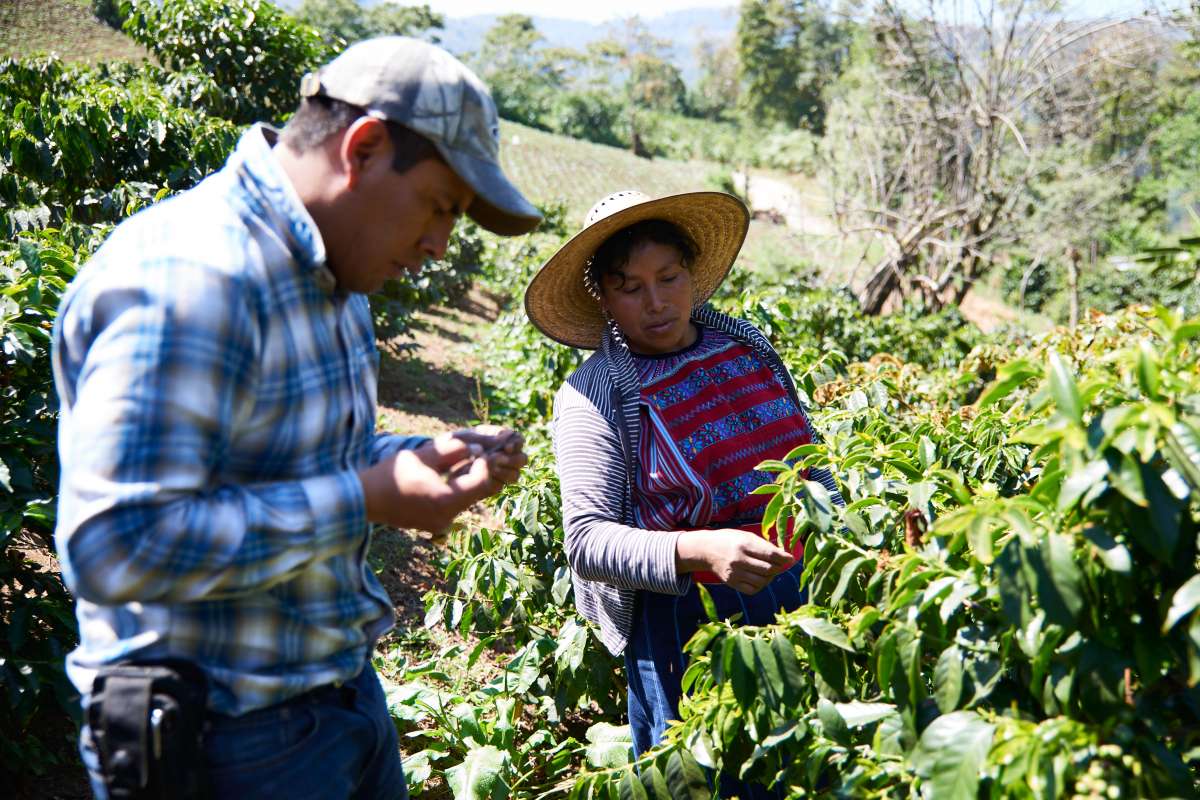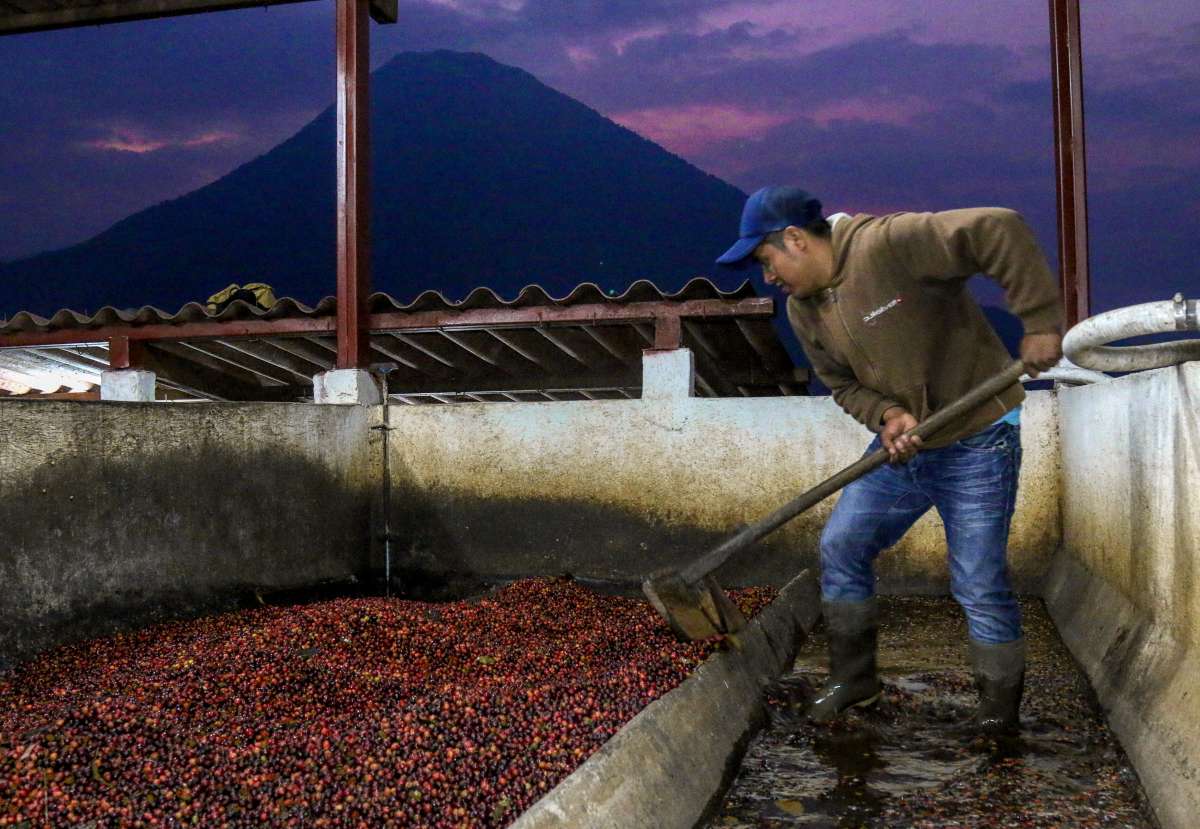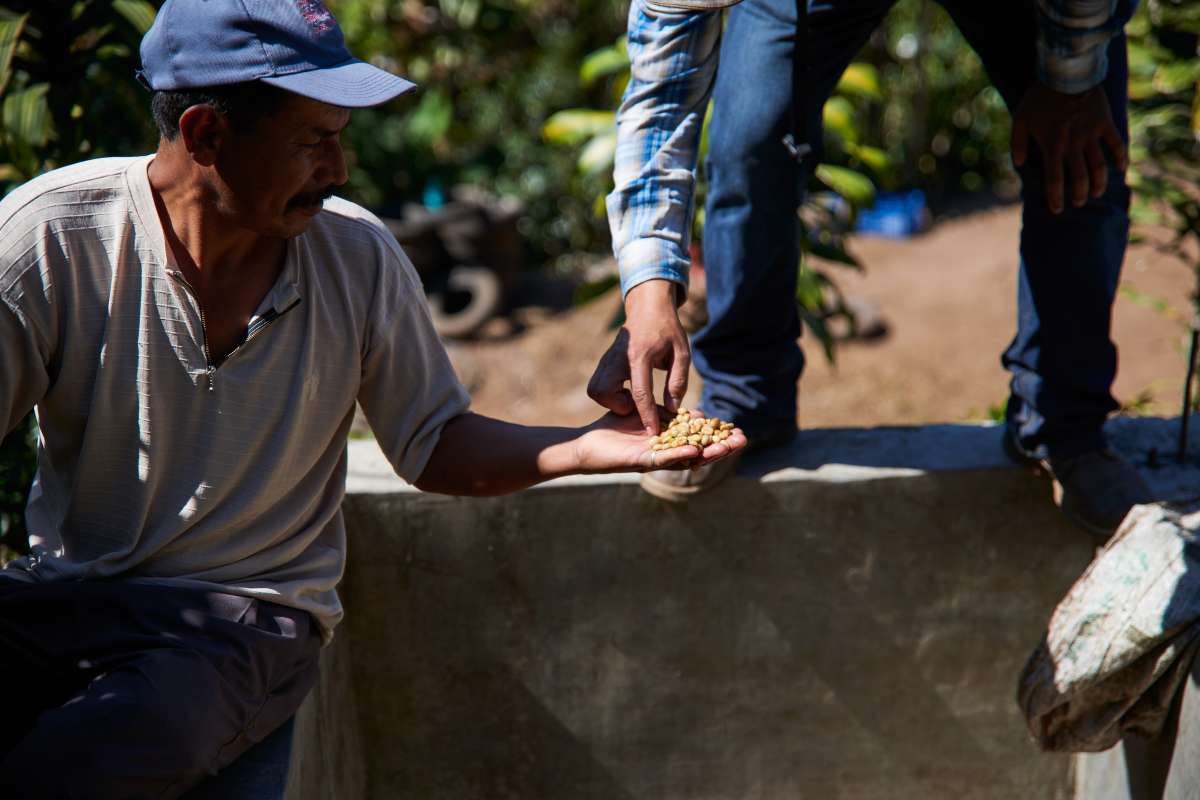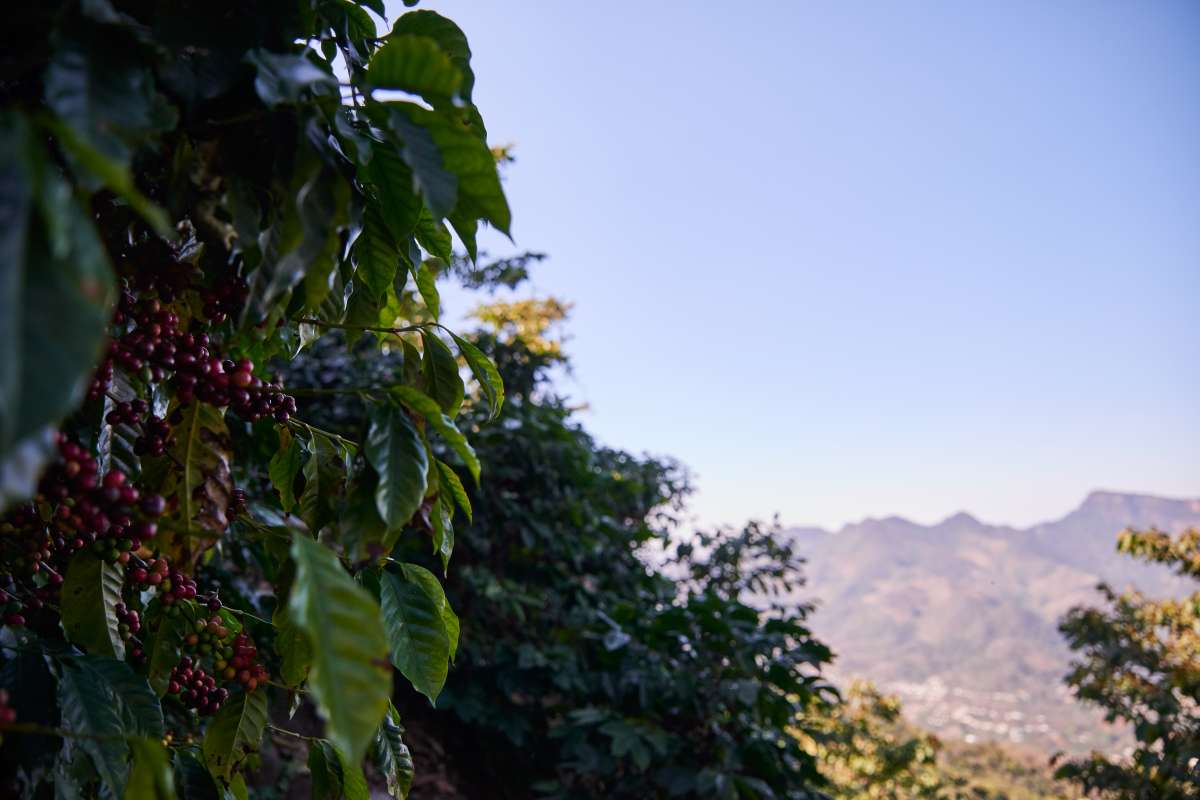guatemala
Coffee came to Guatemala in the late 18th century and cultivation of the crop began to gain steam in the 1860s. By the late 1800s, Guatemala was exporting nearly 300 million pounds of coffee annually. The distinct growing regions creates Guatemala's diverse coffee offerings.
ANTIGUA
- volcanic soil helps lock in moisture producing coffees that are sweet, smooth, and good for blending or as mild, lower-acid single-origin offering.
ATITLAN - very rich soil composition contributing to the nutty, chocolate characteristics that are balanced by a lemony acid and some florals.
HUEHUETENANGO - highest altitudes in the country, and produces crisp malic and citrus acidity, full body, and toffee sweetness mark these coffees.
NUEVO ORIENTE - climate is cloudier and rainier than some of the other regions with relatively stable temperatures and limited sunlight which creates a full-bodied coffee with loads of balance.
City skyline
Photo By: John Doe
Button


